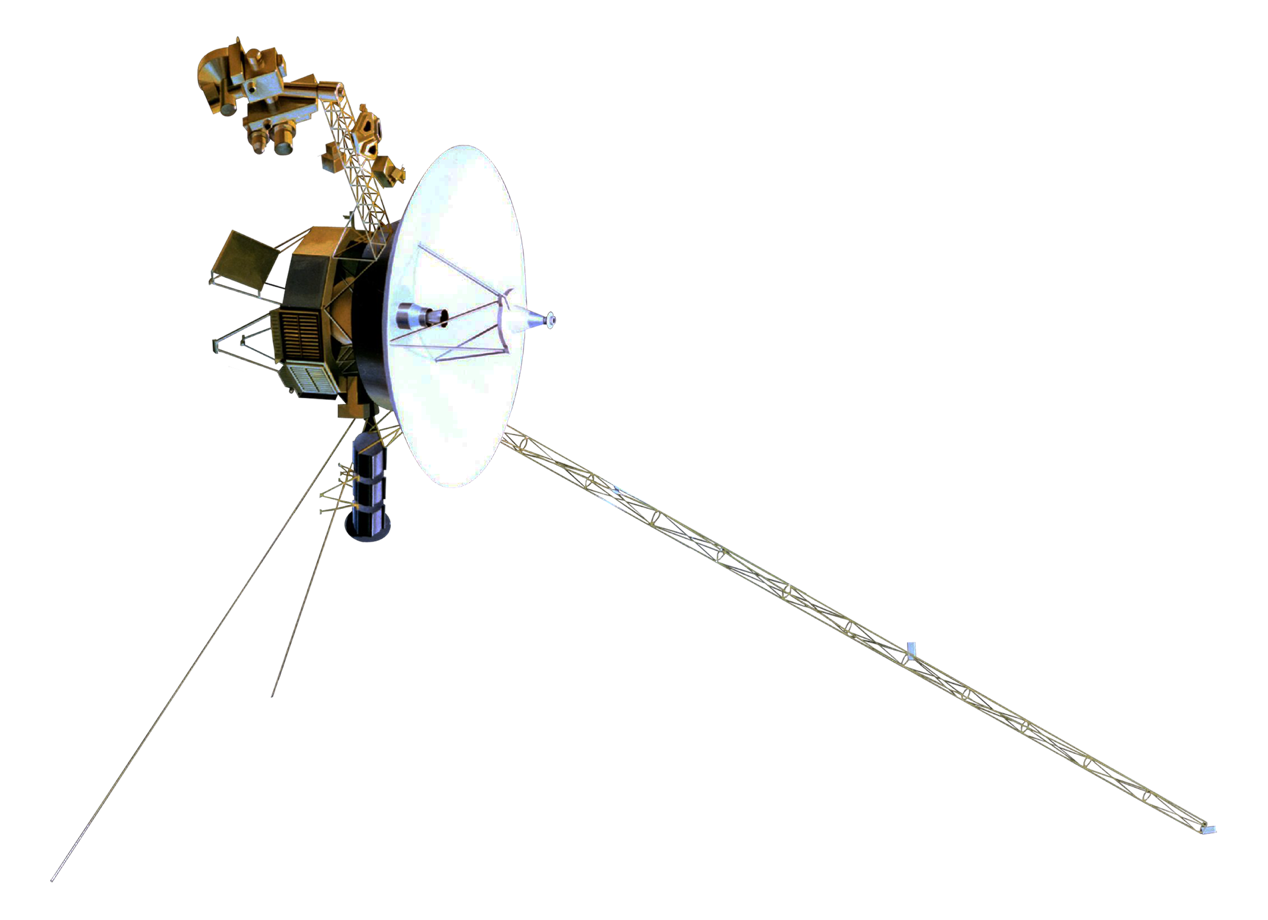Description

Source: Wikipedi
Disclaimer: Copyright infringement not intended.
Context
- NASA's Voyager 1 probe, the farthest human-made object in the universe, resumes sending usable data to ground control after months of communication issues.
Details
- Since November 14, 2023, Voyager 1 had been transmitting gibberish despite receiving commands from Earth.
- In March, NASA's Jet Propulsion Laboratory identified a malfunctioning chip as the culprit and devised a coding solution compatible with the probe's 46-year-old computer system.
Voyager 1
Background:
- Launch: Launched on September 5, 1977, Voyager 1 made history as the first human-made spacecraft to enter the interstellar medium in 2012.
- Mission: Its primary mission was to study the outer planets of the solar system, including Jupiter and Saturn, and their moons.
- Current Location: Voyager 1 is over 15 billion miles away from Earth, with communication taking approximately 22.5 hours each way.
- Twin Spacecraft: Voyager 2, its twin, also exited the solar system in 2018.
Technical Specifications:
- Manufacturer: Built by NASA's Jet Propulsion Laboratory (JPL).
- Dimensions: Voyager 1 measures approximately 6.4 meters (21 feet) in length, including its antenna.
- Instruments: Equipped with various scientific instruments, including cameras, spectrometers, and particle detectors.

Journey Through the Solar System:
- Jupiter Flyby: Voyager 1 conducted a close flyby of Jupiter on March 5, 1979, capturing detailed images and data of the gas giant and its moons.
- Saturn Flyby: On November 12, 1980, Voyager 1 made its closest approach to Saturn, providing unprecedented insights into the planet's rings, atmosphere, and moons.
- Heliosphere Boundary Crossing: In August 2012, Voyager 1 crossed the boundary of the heliosphere, the region dominated by the Sun's influence, marking its entry into interstellar space.
Golden Records:
- Message to Extraterrestrials: Both Voyager spacecraft carry Golden Records, gold-plated copper disks containing a snapshot of life on Earth.
- Contents: The records include a map of the solar system, a uranium sample for dating purposes, and instructions for playing the record.
- Selection Process: Curated by a committee led by Carl Sagan, the records feature encoded images, music, and sounds representing Earth's culture and diversity.
Must read articles:
Voyager2
Sources:
Ndtv
|
PRACTICE QUESTION
Q. Discuss the significance and challenges of interplanetary missions, citing examples from recent space exploration endeavors. How do such missions contribute to our understanding of the universe and humanity's place within it? (250 Words)
|














